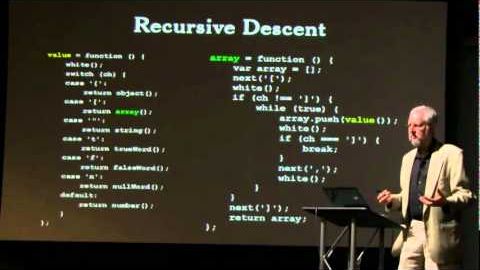
Subtitles & vocabulary
Crockford on JavaScript - Act III: Function the Ultimate
00
kleeff posted on 2013/12/25Save
Video vocabulary
language
US /ˈlæŋɡwɪdʒ/
・
UK /ˈlæŋgwɪdʒ/
- Noun (Countable/Uncountable)
- Words or signs used to communicate messages
- A specific system for communication, such as English or French.
A1TOEIC
More write
US /raɪt/
・
UK /raɪt/
- Transitive Verb
- To compose letters and words on paper or a screen
- To invent or create a computer program
A1
More lot
US /lɑt/
・
UK /lɒt/
- Noun
- What happens to a person in life from chance; fate
- A group of people seen together
A1
More good
US /ɡʊd/
・
UK /ɡʊd/
- Adjective
- Proper, appropriate or right
- (Of an amount) enough; plenty
- Uncountable Noun
- Advantage or benefit
A1TOEIC
More Use Energy
Unlock All Vocabulary
Unlock pronunciation, explanations, and filters
